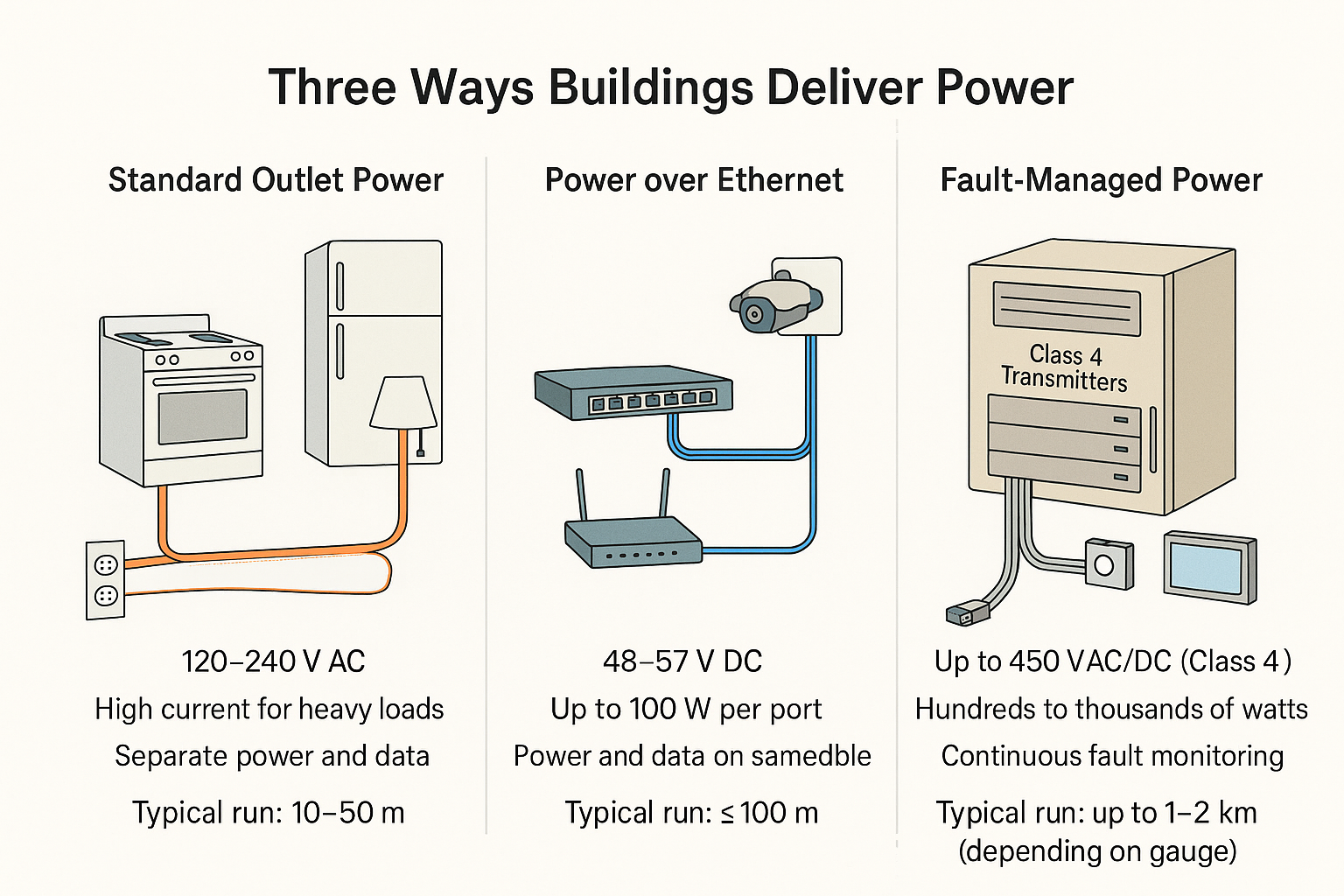Sign up for daily news updates from CleanTechnica on email. Or follow us on Google News!
When it comes to the demographics of EV ownership, most people have a pretty narrow subset of the population in mind. Upper middle and wealthy people, living in or near larger cities, with a nice house with a garage, is basically what most people would see in their mind’s eye. The EV gets used to drive from home to work and back home, plus some suburban errands. Maybe it gets used to take kids to school and get groceries.
There are valid reasons that this stereotype exists. For one, EVs started out at the top of the market, where people could afford the battery pack. Over time, prices have come down and many people are finding cheaper new and even cheaper used EVs at almost any price point. But, because EVs started out among people with higher incomes, that’s stuck in people’s minds. The lower range of early EVs like the Nissan LEAF, combined with a near-complete lack of charging infrastructure outside of most cities a decade ago, confined most of these EVs to local commuting duty.
The EV world has changed a LOT in the last ten years, though. Not only did prices go down, but EVs are often used to drive all over most continents. While home EV charging is still very important, charging stations away from home are available on most major interstates. So, instead of buying an EV as a second car for local driving duty, EVs are now often the main family vehicle, providing all driving needs.
The plan was for a mixture of private industry and government funding to extend EV charging opportunities, first on the interstates and then along most other highways. A big part of this was the NEVI program, the part of the Infrastructure Bill that was supposed to provide money for stations every 50 miles along most highways. With federal money unconstitutionally frozen and the Trump Regime even pulling money back out of local government bank accounts, the future of these chargers away from the interstates is very much in doubt.
This is where plans and stereotypes fall short. Because EVs are now the primary form of transportation for a growing number of households, family vacations that stray away from the major interstates are going to need charging opportunities. Sadly, communities that rely on this kind of tourism are now needing to sound the alarm.
An article at Daily Yonder (linked above) explores how this conundrum is starting to harm Northern New Hampshire. EVs are projected to make up 30% of cars in New England, but if these EVs can’t reliably get out there and visit places like the White Mountains, losses in tourism money could get as high as $353 million by 2031. Phase one NEVI plans are already awarded and won’t stop unless Trump gets even more dictatorial. But, new funding that hasn’t been awarded and disbursed will probably not happen unless Congress steps in and stops Trump from unlawfully holding back the funds.
Ultimately, this shows us that it will often be the rural voters in red counties who suffer the most harm from Trump’s anti-EV policies. It may be tempting to laugh at them and say “I told you so,” but none of us come away unharmed when we can’t visit the places we’d like to visit in our EVs in the coming years. The waning tide is lowering all boats.
Featured image by Jennifer Sensiba.
Chip in a few dollars a month to help support independent cleantech coverage that helps to accelerate the cleantech revolution!
Have a tip for CleanTechnica? Want to advertise? Want to suggest a guest for our CleanTech Talk podcast? Contact us here.
Sign up for our daily newsletter for 15 new cleantech stories a day. Or sign up for our weekly one if daily is too frequent.
CleanTechnica uses affiliate links. See our policy here.
CleanTechnica’s Comment Policy




